detail profile tally brown

Riwayat Hidup
Tally Brown was a singer and actress who was part of the New York underground performance scene, particularly Andy Warhol's "Factory" and who appeared in or was the subject of films by Warhol and Rosa von Praunheim
Info Pribadi
Peran Yang Di Mainkan Tally Brown
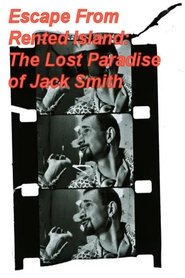 In his essay film Jerry Tartaglia...
In his essay film Jerry Tartaglia...Escape From Rented Island: The Lost Paradise of Jack Smith 2017
In his essay film, Jerry Tartaglia, longtime archivist and restorer of the film estate of queer New York underground, experimental film, and performance legend Jack Smith, deals less with Smith’s life than with his work, analyzing Smith’s aesthetic idiosyncrasies in 21 thematic chapters. It's a film essay about the artist’s work, rather than a documentary about his life. An unmediated vision of Jack Smith, an invitation to join him in his lost paradise.
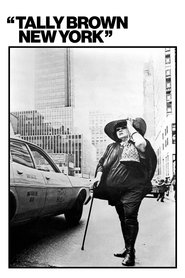 Tally Brown New York is a 1979...
Tally Brown New York is a 1979...Tally Brown, New York 1979
Tally Brown, New York is a 1979 documentary film directed, written and produced by Rosa von Praunheim. The film is about the singing and acting career of Tally Brown, a classically trained opera and blues singer who was a star of underground films in New York City and a denizen of its underworld in the late 1960s. In this documentary, Praunheim relies on extensive interviews with Brown, as she recounts her collaboration with Andy Warhol, Taylor Mead and others, as well as her friendships with Holly Woodlawn, and Divine. Brown opens the film with a cover of David Bowie’s “Heroes” and concludes with “Rock ’n’ Roll Suicide.” The film captures not only Tally Brown’s career but also a particular New York milieu in the 1970s.
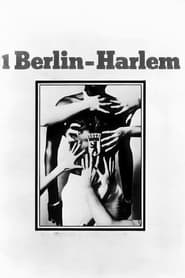 An AfricanAmerican GI retires from the...
An AfricanAmerican GI retires from the...1 Berlin-Harlem 1974
An African-American GI retires from the US Army in West Berlin to live with his (white) girlfriend, who already has a baby with another black man. After an argument with her family, she deserts him as well. Despite finding a job and a new place to live, he keeps running into racism, which also manifests itself in sexual intimidation.
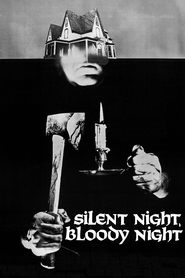 A man investigates the grisly crimes...
A man investigates the grisly crimes...Night of the Dark Full Moon 1972
A man investigates the grisly crimes that occurred in a former insane asylum, unsettling the locals who all seem to have something to hide.
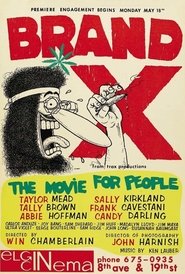 In 1969 Taylor Mead complained to his...
In 1969 Taylor Mead complained to his...Brand X 1970
In 1969, Taylor Mead complained to his friend artist Wynn Chamberlain that Andy Warhol had never paid him for any of the work he had done for him and Wynn said he would make a film especially for Taylor. Inspired by the banality of 1960's television, Chamberlain wrote and directed Brand X, an 87 minute series of faux television shows spoofing the politics and mass media of the day, complete with commercials for Sex, Sweat, Computer Dating and Peanut Butter. BRAND X follows Taylor Mead through a day in a wacky television studio as he portrays an exercise guru, a talk show host, a veteran returning from the American Civil War, a hospital patient in a soap opera, the President of the United States and a televangelist giving the Nightly Sermon. BRAND X satirizes President Nixon, the Vietnam War, sex, drugs, computers, money and race relations.
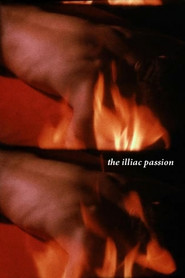 Prometheus on an Odyssean journey crosses...
Prometheus on an Odyssean journey crosses...The Illiac Passion 1967
Prometheus, on an Odyssean journey, crosses the Brooklyn Bridge in search of the characters of his imagination. After meeting the Muse, he proceeds to the "forest." There, under an apple tree, he communes with his selves, represented by celebrated personages from the New York "underground scene" who appear as modern correlatives to the figures of Greek mythology. The filmmaker, who narrates the situations with a translation of Aeschylus' Prometheus Bound, finds the personalities of his characters to have a timeless universality.
 Batman Dracula is a 1964 black and...
Batman Dracula is a 1964 black and...Batman Dracula 1964
Batman Dracula is a 1964 black and white American film produced and directed by Andy Warhol, without the permission of DC Comics. The film was screened only at Warhol's art exhibits. A fan of the Batman series, Warhol made the movie as a homage. Batman Dracula is considered to be the first film featuring a blatantly campy Batman. The film was thought to have been lost until scenes from it were shown at some length in the documentary Jack Smith and the Destruction of Atlantis.
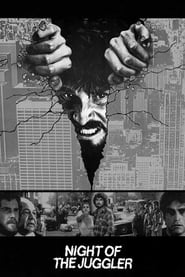 An ex New York cop is...
An ex New York cop is... A Romani antique dealer who is...
A Romani antique dealer who is... An aspiring actress from Kansas comes...
An aspiring actress from Kansas comes...